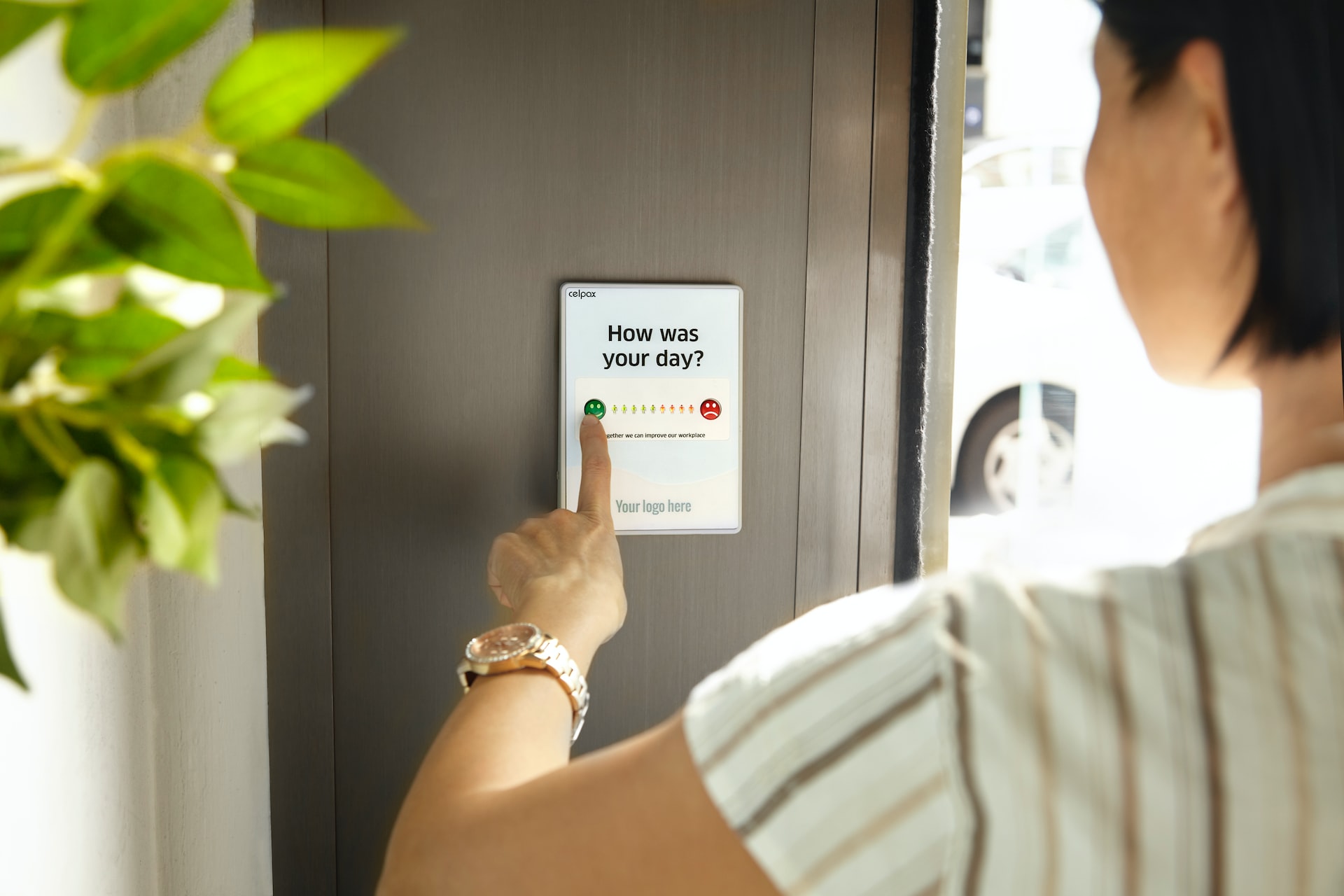A more productive workforce can lead to a more efficient company with higher revenues. There are many different ways to encourage productivity amongst employees and optimise your business operations. However, finding ways to do so can be difficult or confusing. In this guide, we explore in more detail what employee productivity is and how this can be improved through several steps.
What Is Employee Productivity?
Employee productivity is the measure of an individual employee’s output, that is, how much work an employee is able to produce in a specific amount of time. There are many different ways to measure productivity and this will depend on the nature of your business. For example, it might be the number of items produced in a given amount of time or number of sales made.
How Can You Increase Employee Productivity in the Workplace?
There are many different ways that employers could increase employee productivity in the workplace, leading to a more efficient workforce overall, ranging from team building activities in London or near to where your company is based, to simply getting your team together to get to know each other a little better. Below, find some of the most common and easiest ways employee productivity levels can be improved.
Encourage Training and Learning Opportunities
A great way to increase employee productivity is by providing opportunities to learn. Be it regular courses that are related to their job, or encouraging further study alongside their work, there is plenty of evidence to suggest that continued education is positively correlated with employee productivity. When your employees are learning, they are constantly learning skills or information which they could incorporate into their jobs, bringing fresh perspectives and critical thinking.
Investing time and energy into better employee training also ensures better comprehension and enables employees to do their jobs at a higher level. If employees are better at their jobs, it means they are able to produce high quality work within the given time constraints.
Optimise Meetings
For some jobs, it can seem that employees spend hours in meetings but rarely have time to action what has been discussed in the meeting. Optimising meetings, both by making sure that only relevant staff attend and by making them as concise as possible, will free up more time for actually getting work done. The more efficient and optimised meetings are, the more productive the workforce will be.
Improve Workplace Conditions
Good and fair working conditions can look many different ways. It doesn’t matter if the company in question is an award winning PR agency in London or a small startup in Birmingham work conditions are key to employee productivity.
In general, making sure that your employees have good working conditions includes a salary that reflects market conditions, fair workload and reasonable working hours. Ensuring high productivity and high morale means not exploiting employees by underpaying them or getting them to work through their designated breaks or outside of their working hours.
Good working conditions can also refer to the work environment itself, making sure that employees have enough space and privacy to get on with their work. If you want to go the extra mile, build a culture of gratitude and celebration making sure that good work is acknowledged – this boosts morale, promotes good work and encourages enthusiasm.
Increase Means of Communication
Businesses that have poor communication between employees and their managers are unlikely to have good productivity in the workplace. Effective communication yields productivity so making sure that employees feel able to communicate, ask for help and regularly check in will all help to boost a more productive workforce. Regular communication also ensures that employees are aligned, know what they are doing and share the same vision and goals.
Stop Micromanagement
It is often said that micromanagement kills productivity. Micromanagement disempowers employees because it makes them feel that they cannot get the results that they want and need in a way that works for them. As a result, they tend to feel less accountable for the work they have yielded. Micromanaging also discourages employees, making them feel less engaged and less happy at work. All of this can breed lack of productivity, lack of motivation and make it more likely that employees will look for a new job.
Encourage Socialising
Lastly, encouraging employees to socialise and get to know one another can be truly beneficial. By this we don’t mean interrupt work days with socialising, but by setting up annual end-of-year events or bi-monthly paid-for outings where employees can get together and socialise. This will also help encourage team-building skills, in turn, boosting productivity and communication amongst staff.
















